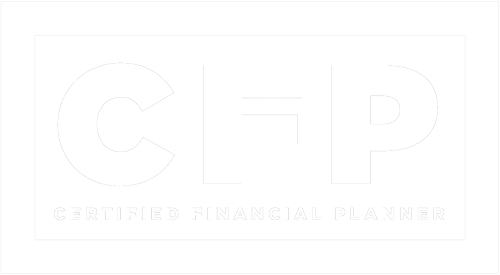
How Residential and Commercial Real Estate Impact Markets

What is a Fiduciary?

How Artificial Intelligence, Tech, and Productivity Impact Portfolios

Is It Better To Consolidate My Investments?

Investment Markets: 101 – A Crash Course to Keep You on Track

How Often Should I Review my Investment Portfolio?

Investing Cash: Dollar Cost Averaging vs. Lump Sum

Invest my money or add to savings?

Short-Term Saving Options for High Cash








